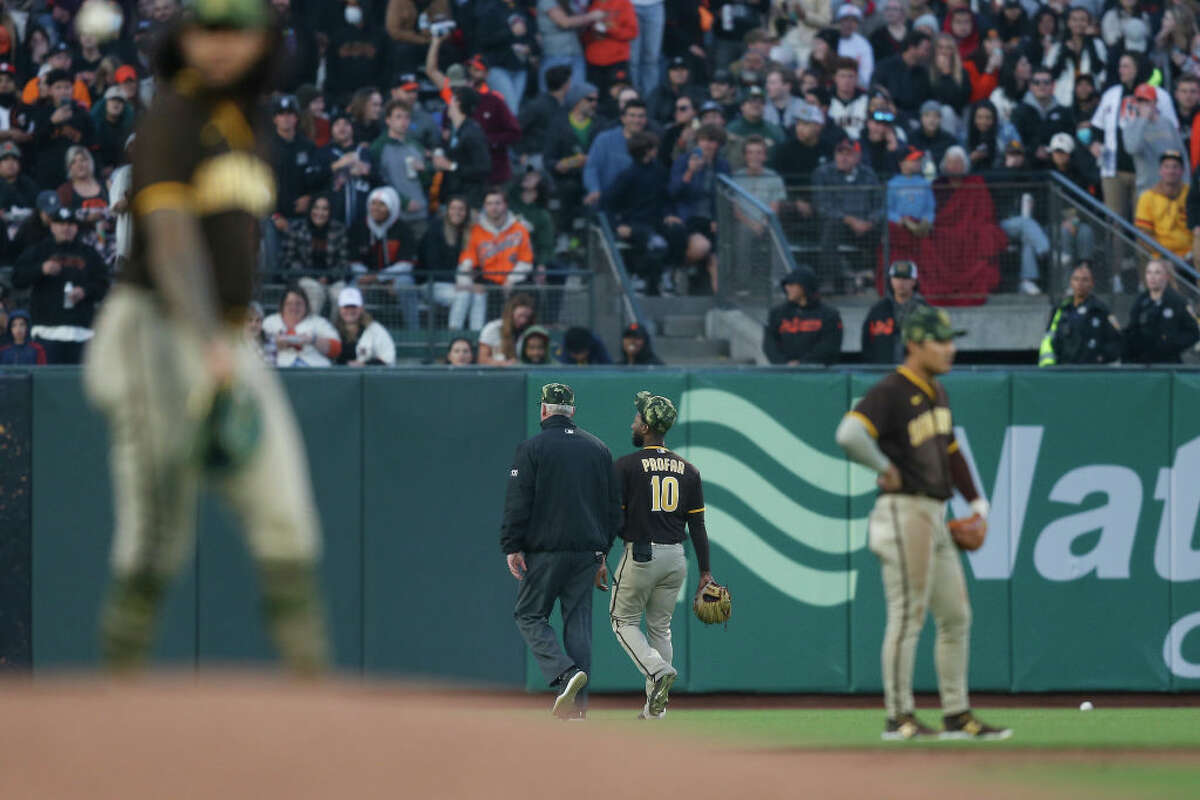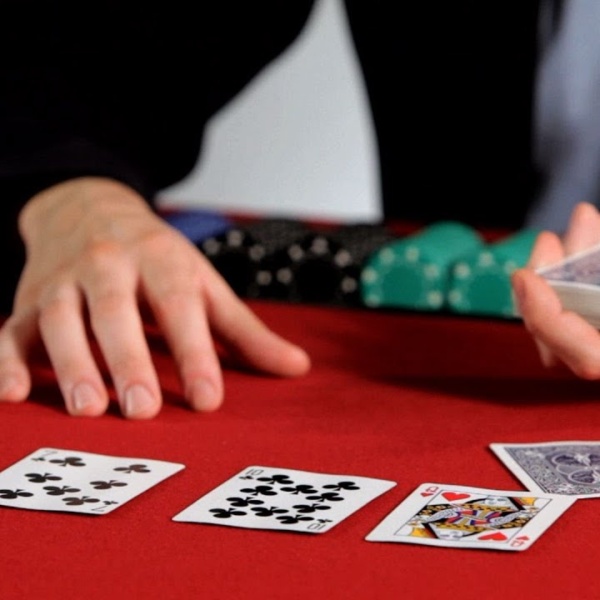Baseball fans are exposed to some pretty nasty foul balls every year. But how can we keep baseball-mad enthusiasts from having to duck and cover? With more netting, of course! We don’t have to tell you that foul balls are a real danger for people who attend baseball games. The risk is amplified when there are kids, teens or other people who may not be able to react quickly enough in the stands.
Fortunately, most teams now have baseball backstop netting that can catch wayward balls and prevent them from endangering anyone in the crowd. But what if your team doesn’t yet have a safety net?
Here’s our guide on preventing foul balls from endangering spectators at your stadium!
What Is Netting, And Why Is It Necessary?
Sports Netting is a kind of barrier that is used to catch debris or flying objects. It reduces the risk of fans being injured by dangerous flying objects like baseballs and broken bats when applied to baseball games. Netting can also reduce the risk of injury from items like insects or other pests that might be flying around the stadium.
Despite its many benefits, netting is not mandatory at most baseball stadiums. However, there has been a growing push to make it a requirement across the MLB. The movement began after a foul ball hurt a young girl at a game in 2017. This incident led to renewed calls for MLB teams to increase the amount of netting at stadiums around the country. Several teams responded by extending their netting to the ends of the dugouts. Others went further and spread their netting to the outfield corners as well.
How To Make Baseball Game Netting Safer
If you’re a stadium manager or host at a baseball game, here are some things you can do to make netting more safe and secure:
- Ensure netting is high enough – The top of the sports netting should be between the knees and the shoulders of fans sitting in the first few rows. This will help protect people regardless of their height. If netting is too low, it may cause more injuries.
- Use strong materials: Baseballs can be very heavy and travel at high speeds. This can cause weaker materials like string or fishing lines to snap. Make sure netting is made of a strong material that can withstand the force of baseballs travelling at high speeds.
- Keep the net away from young children – The end of the netting should be at or above a child’s knee level. This will help prevent kids from reaching and getting their hands caught in the netting.
Foul Ball Detection Systems
Foul ball detection systems are a relatively new technology that can help reduce the risk of injury from foul balls. Systems like these use sensors, radar and other electronics to track the location and velocity of baseballs. The system sounds an alarm if a ball moves at high speed and is projected to go into the stands.
Foul ball detection systems are currently mandatory in MLB stadiums. This notifies the stadium staff and can trigger a net to come down to catch the ball. However, most systems do not begin tracking balls until they are either in the stands or at the field-level first base bag. Any balls that come off the bat before the first base bag are not detected.
Prohibited Areas and No-Ball Zones
While netting can help prevent injuries, even the most secure stadium cannot prevent every baseball from finding its way into the stands. Fans should be aware of prohibited areas and no-ball zones to reduce the risk of injury from a ball travelling at high speed. Restricted areas are sections of the stadium where fans should not stand or sit because they are too close to the field. No-ball zones are areas near the netting where a ball could easily get caught. If a ball is hit in these areas, fans can move freely and easily avoid the ball.
If a ball is hit outside of these areas, fans should take the following steps to prevent injury:
- Avoid putting your hands up to catch the ball – This is dangerous and can cause serious injuries. Instead, stand still and use a seat or your arms to block the ball from hitting you.
- Be aware of where nearby fans are standing – The ball could quickly rebound and hit you if a nearby fan is holding it.
Enforced Bench Area Protection
Many stadiums have already implemented netting that extends from dugout to dugout. However, many teams have not expanded their netting to the outfield corners. While this may be sufficient for the batter’s box, it does not protect fans sitting in the dugout or on the bench. No matter which section of the stadium you’re sitting in, you may want to protect yourself from foul balls. To do this, sit on the back side of the bench. A foul ball hit to the side you’re sitting on will hit the bench before hitting you.
Conclusion
Foul balls can cause serious and sometimes long-lasting injuries. While protective netting can reduce the risk of injuries, it is not a 100% guarantee. Fans must also be aware of their surroundings and take the necessary steps to protect themselves. While it may seem obvious, the best way to protect yourself from foul balls is to sit as far away from the field as possible. Even if a stadium has protective netting, it only extends partway down the first couple of rows. Stay safe by keeping your eye on the ball if you’re attending a baseball game. This will make it much easier to react quickly and protect yourself if the ball is coming toward you.





